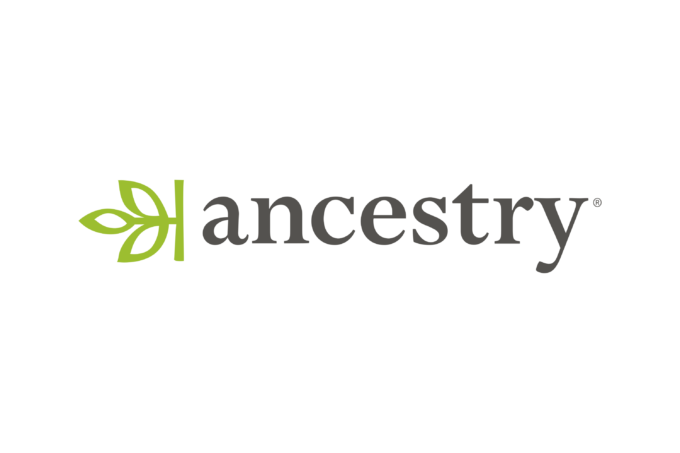 The collection comprises 2,113,702 records from court proceedings from both Petty and Quarter court sessions. Petty Sessions adjudicated lesser charges not requiring a jury, such as minor theft, failure to pay train fare, public drunkenness, and paternity cases. Quarter Sessions addressed more serious criminal offences, including manslaughter and major thefts, as well as occasionally civil business matters; these sessions often involved a jury for more severe cases. Both court types operated at the county level. The records are predominantly handwritten, though some later entries are typed.
The collection comprises 2,113,702 records from court proceedings from both Petty and Quarter court sessions. Petty Sessions adjudicated lesser charges not requiring a jury, such as minor theft, failure to pay train fare, public drunkenness, and paternity cases. Quarter Sessions addressed more serious criminal offences, including manslaughter and major thefts, as well as occasionally civil business matters; these sessions often involved a jury for more severe cases. Both court types operated at the county level. The records are predominantly handwritten, though some later entries are typed.
Key information within these records may include: the defendant’s name and age, the complainant’s name, the date and nature of the offence, the place and date of trial, specific charge details, and trial results, alongside the name of the presiding court official.
My Northwood family lived in Birmingham from the 1700s. I haven’t traced any of them as late as the 1890s, but was interested to see if there might have been distant cousins mentioned. There were 169 Northwood entries,. Eleven people named were classified as defendants, although in one case they were jury members. All five Northwood complainants were in entries after 1912.


 The following was accidentally posted to an earlier date. It’s reposted here in case you missed it.
The following was accidentally posted to an earlier date. It’s reposted here in case you missed it.


 The collection comprises 2,113,702 records from court proceedings from both Petty and Quarter court sessions. Petty Sessions adjudicated lesser charges not requiring a jury, such as minor theft, failure to pay train fare, public drunkenness, and paternity cases. Quarter Sessions addressed more serious criminal offences, including manslaughter and major thefts, as well as occasionally civil business matters; these sessions often involved a jury for more severe cases. Both court types operated at the county level. The records are predominantly handwritten, though some later entries are typed.
The collection comprises 2,113,702 records from court proceedings from both Petty and Quarter court sessions. Petty Sessions adjudicated lesser charges not requiring a jury, such as minor theft, failure to pay train fare, public drunkenness, and paternity cases. Quarter Sessions addressed more serious criminal offences, including manslaughter and major thefts, as well as occasionally civil business matters; these sessions often involved a jury for more severe cases. Both court types operated at the county level. The records are predominantly handwritten, though some later entries are typed. Last year, MyHeritage introduced the
Last year, MyHeritage introduced the